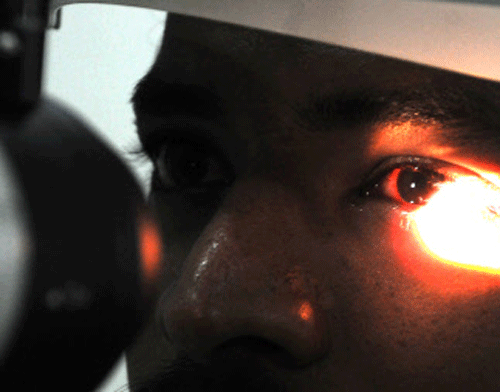
Half the world's population - nearly five billion - will be short-sighted or myopic by 2050, with up to one-fifth of them at a significantly increased risk of blindness if current trends continue, researchers, including those of Indian-origin, have claimed.
The number with vision loss from high myopia is expected to increase seven-fold from 2000 to 2050, with myopia to become a leading cause of permanent blindness worldwide, researchers said.
The rapid increase in the prevalence of myopia globally is attributed to, "environmental factors, principally lifestyle changes resulting from a combination of decreased time outdoors and increased near work activities, among other factors," said researchers from Brien Holden Vision Institute, University of New South Wales Australia and Singapore Eye Research Institute.
The findings point to a major public health problem, with the researchers suggesting that planning for comprehensive eye care services are needed to manage the rapid increase in high myopes (a five-fold increase from 2000), along with the development of treatments to control the progression of myopia and prevent people from becoming highly myopic.
"We also need to ensure our children receive a regular eye examination from an optometrist or ophthalmologist, preferably each year, so that preventative strategies can be employed if they are at risk," said Professor Kovin Naidoo, CEO of Brien Holden Vision Institute.
"These strategies may include increased time outdoors and reduced time spent on near based activities including electronic devices that require constant focusing up close," said Naidoo, who collaborated with Padmaja Sankaridurg and Thomas J Naduvilath, both from Brien Holden Vision Institute, on the research.
"Furthermore there are other options such as specially designed spectacle lenses and contact lenses or drug interventions but increased investment in research is needed to improve the efficacy and access of such interventions," Naidoo added.
The study was published in the journal Ophthalmology.